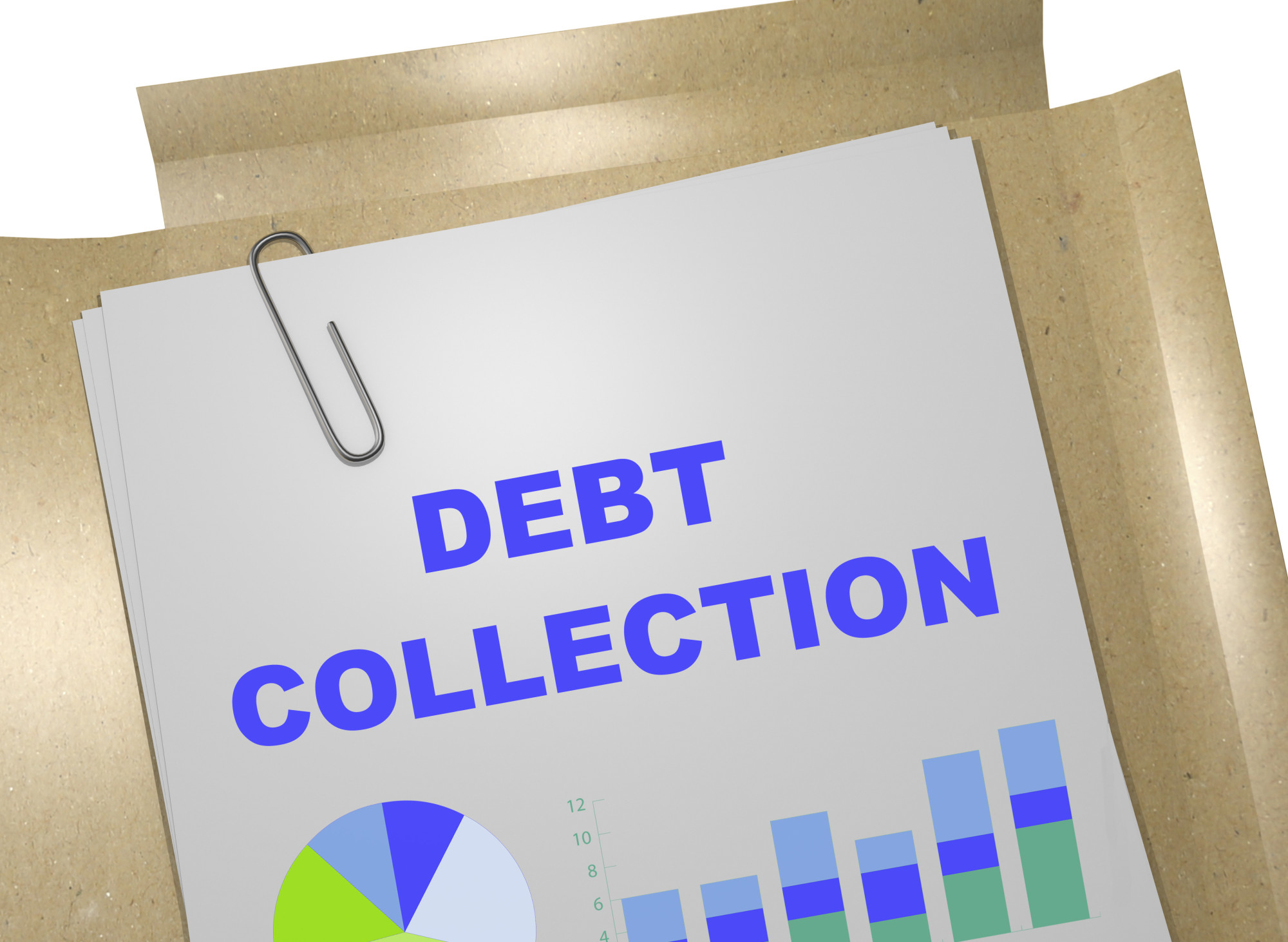Is debt hanging over your head? Are the loans you need to pay back keeping you from living the life you imagined for yourself?
You’re not alone. 8 in 10 Americans are in debt. Whether it’s a home mortgage, credit cards, student loans, or the like, most of us find ourselves owing money to someone.
While paying off loans is a struggle for some, is the debt “snowball” the answer? The debt snowball is a method of paying down loans and credit cards based on the balance and not the interest rate.
Does it work? Stick with us while we separate the fact from the fiction.
The Debt Snowball Method
Unless you’re borrowing from a generous relative or friend, your loans are going to incur interest. It’s that building up of interest that can set us back a lot of the time. Payback gets harder and harder to achieve. Let’s look at how the debt snowball method works and see if it can get you out of debt.
How Does it Work?
The premise is that you make a list of all your debt except your mortgage. Put them in order from the smallest balance to the largest.
Budget your income to calculate how much you can afford to put towards the smallest balance while paying all of your other bills. Each month, pay as much as you can towards the smallest debt and pay the minimum for all of the others.
Once you’ve paid off your smallest balance, take the money you were paying for that and start using it toward your next smallest balance.
This snowball effect will keep going until you are debt-free.
Why Does it Work?
This method seems to work because it’s motivational. As you begin paying off loans and paying your credit card bill early, you start to feel good. You see one balance completely disappears and you move on to the next.
There’s a momentum that’s created and it keeps you moving forward.
Research shows that it works. People have had great success getting out of debt using this method.
Will This Method Cost You More?
Depending on the interest rates on your credit cards and other loans, the debt snowball method can certainly cost you more money in the long run.
Because you’re paying off the smallest balances first and not necessarily the ones with the highest interest rates, the interest payments can add up.
If your interest rates do not differ all that much, then the snowball method might not cost you more money.
Looking for the smartest way to pay off your debt? Check out debthunch.
Getting Out of Debt
Now that you know how the debt snowball method works, you can do some comparison budgeting to see if it’s the right method to get you out of debt.
Be sure to bookmark our site for easy access to entertainment, health matters, education, and other money matters. We keep you up to date on the neat things in life.

